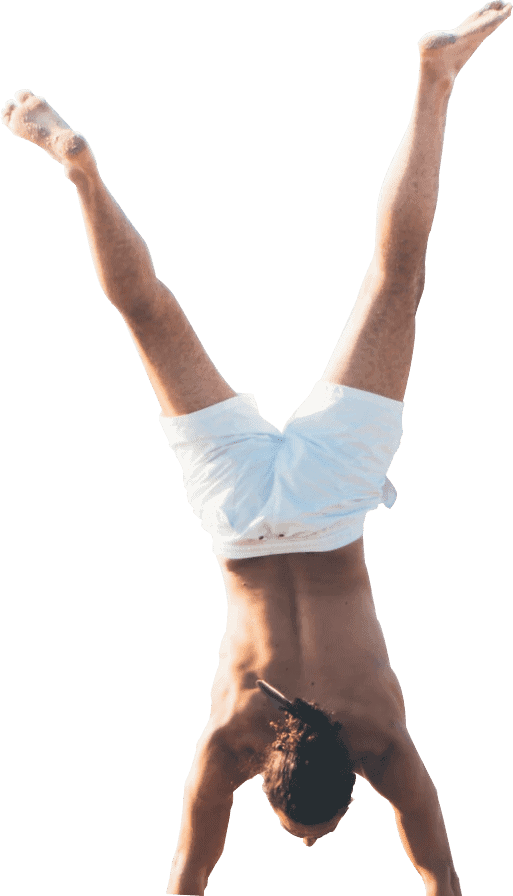By Mardi Hatch
On the 18th of October I set off on an adventure of a lifetime, a trip to Nepal where I was to climb to Everest Base Camp. The trip was a fundraising adventure for UNICEF to fundraise toward their earthquake appeal campaign which received urgent funds to help Nepal after the devastating earthquakes in April, which claimed the lives of over 9000 people. As a group we raised over $150, 000 for UNICEF.
I was quite nervous leaving for the trip given I didn’t yet know any of the other group members and I hadn’t done much climbing in the past (and to be completely honest did very little training)! After meeting the rest of the group I felt much more at ease as we had an amazing team, a fantastic team leader and outstanding local guides.
The trek itself was 12 days long, eight days up (with two acclimatisation days) and four days back down. I was almost certain that I would get altitude sickness and not make it to base camp (5464m) after hearing all of the horror stories. We were extremely lucky to have a doctor on the trip, who along with the very experienced local guides talked us through the risks of altitude, the signs of AMS (acute mountain sickness) and the best ways to avoid it.
After a 4:30am start, a flight on the smallest plane that I had ever been on in my life from Kathmandu, we arrived (with a very steep landing strip) in Lukla where we were to start and finish our trek.
From the minute we stepped off the plane at Lukla (2,860m) we were in the mountains, with stunning views, a chilling temperature and a sense that the air was definitely a lot thinner. The highest altitude that we had been to was around 3000m so knowing I was fine at that height had been fairly comfortable for the first couple of days. It was when we ventured above that, that I was a bit more wary.
As each day progressed and we gained altitude the temperature was dropping, the air war getting thinner, we were getting slower and more tired but the views were getting more and more spectacular. A typical day saw us waking up at 6am for a 7am start. We walked between 5-9 hours each day with plenty of snack breaks in between. We tried to get started early so we’d arrive to our destination before it started to get too windy and cold. We ate a lot of dahl baht (a mix of lentil soup, curry, rice and veggies), saw a lot of yaks and donkeys (the main form of transportation in the mountains) and crossed many scary suspension bridges (up to 200m high).
On the 8th day (the 27th of October) we had a very early start in freezing temperature and reached Everest Base Camp in the early afternoon. I cannot describe the feeling of reaching base camp, we were all exhausted and overwhelmed but so incredible excited to have made it. The views from base camp were unbelievable, the skies were incredibly blue and we were surrounded by snow-capped mountains. We were all very proud of when we had achieved and so excited to have shared the experience with each other. On the 9th day before our decent we actually ventured higher that base camp to the top of Kala Patthar (5643m) to watch the sunrise a take in some incredible views of Everest. From there, it was all downhill.
The trek down was actually surprisingly challenging. We had a full day of snow which made it slippery and quite dangerous. Needless to say my physio ankle tapping skills definitely came in handy with a number of rolled ankles! We reached the end of our trek on the Saturday, we celebrated with a much earned warm shower, some ice cold beers, a rugby world cup final and a comfy bed.
Apart from the threat of altitude sickness the trek itself was challenging but definitely achievable. I highly recommend it to anyone who is considering trying to tick Everest Base Camp of their bucket list. If I were to given any advice for anyone planning on doing the trek it would be the following:
- Make sure you have a good baseline level of cardio fitness, if not increase your cardio training in the six months leading up to the trip.
- Read up about altitude sickness before your trek. It is so important to consider the signs and symptoms of AMS and to check each other daily to make sure no one is suffering.
- Trek slowly and allow for acclimatisation. The golden rule is to “climb high, sleep low”. Even on our acclimatisation days we still had a day trip of climbing to higher altitudes to give our bodies the best chance to acclimatise.
- Drink lots of water! Our guides recommended a minimum of 4L /day and NO alcohol was allowed while trekking.
- Take heaps of breaks to catch your breath and soak up the stunning views! It was easy to forget where I was and to focus on the end point rather that enjoying the moment, so enjoy it! It’s definitely a trip of a lifetime and one that I will never forget!
Best of luck for anyone who is considering taking on this challenge, it is definitely achievable and a trip that you would never regret!
Mardi.
